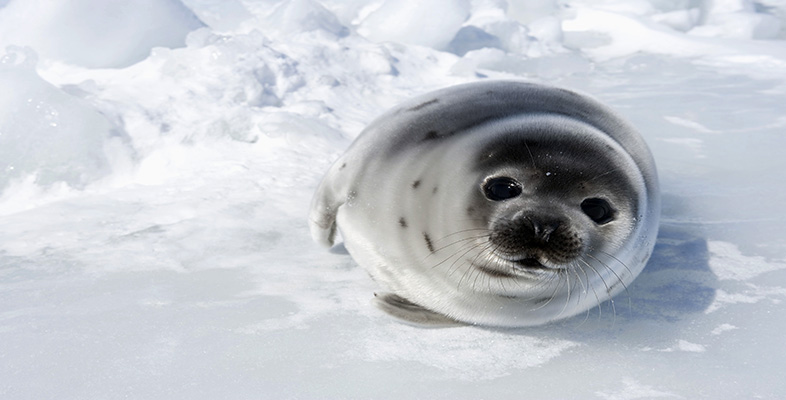5 Polar ectotherms
5.1 Introduction
The land and shallow water experience at least a brief summer at high latitudes, so terrestrial and freshwater ectotherms can be active during warm periods and hibernate when the temperature is below freezing. In contrast, the polar seas are not warmed significantly by the Sun: the mass of water is too large and sea-ice covered in snow reflects sunlight very well. The seawater beneath the permanent sea-ice is continuously at between −1.9 and +6° C, so its inhabitants complete their entire life cycle at temperatures at which tropical ectotherms would die and most temperate-zone species would become torpid. There is much less mixing between warm and cold currents around Antarctica, so in the southern oceans, temperature zones are sharply delimited and have distinctive faunas. However, movements of water currents in the North Atlantic and North Pacific cause quite large seasonal changes in water temperature around the Arctic and hence less clearly defined faunal zones.
The common arctic fish are closely related to species in north temperate-zone waters. They include two salmonids, the capelin (Mallotus villosus) and the arctic char (Salvelinus alpinus), which breeds in rivers but spends part of its adult life in the sea, sculpins (family Cottidae), various flatfish such as polar halibut (Reinhardtius hippo glossoides) and flounder (Pleuronectes americanus) and members of the cod family, such as arctic cod (Arctogadus glacialis) and haddock. Many of the most abundant and widespread fish around Antarctica belong to a suborder Notothenioides of the order Perciformes (perches). Nototheniids (Figure 23) probably evolved in the oceans around Antarctica during the last 20–30 million years, and the living species are almost confined to that region. In contrast to the Arctic Ocean, there are very few species of the cod (Gadiformes), herring (Clupeiformes) and salmon (Salmoniformes) families in the Southern Ocean. Only a few chondrichthyan fish live in polar waters, among them the Greenland shark (Somniosus microcephalus).

